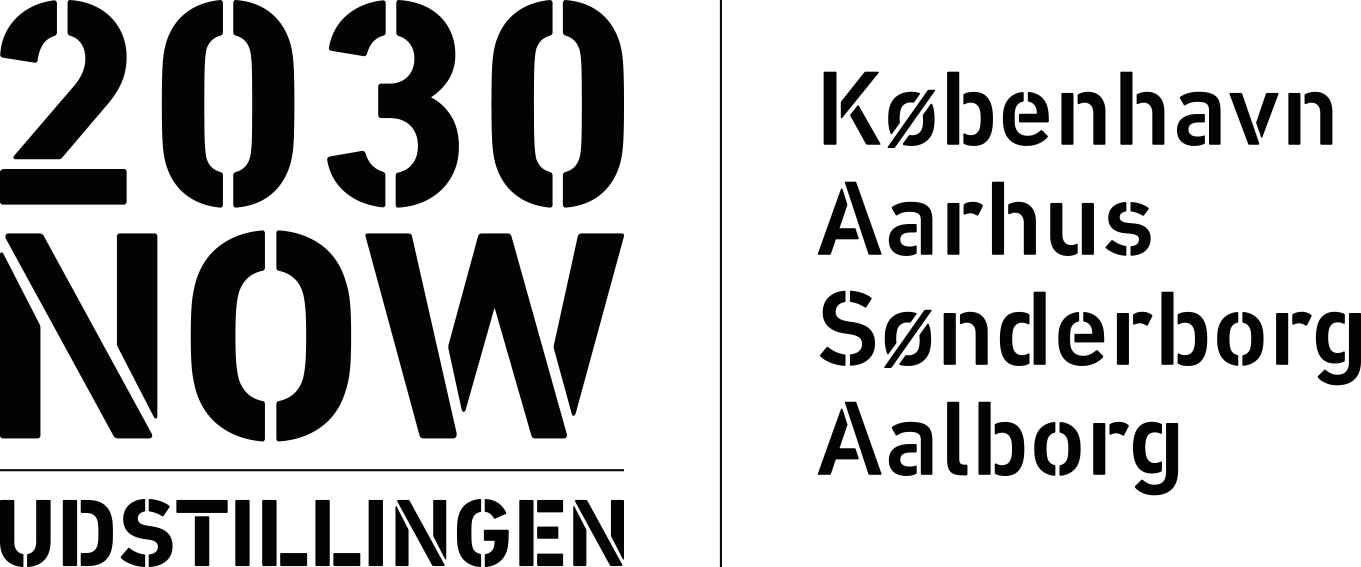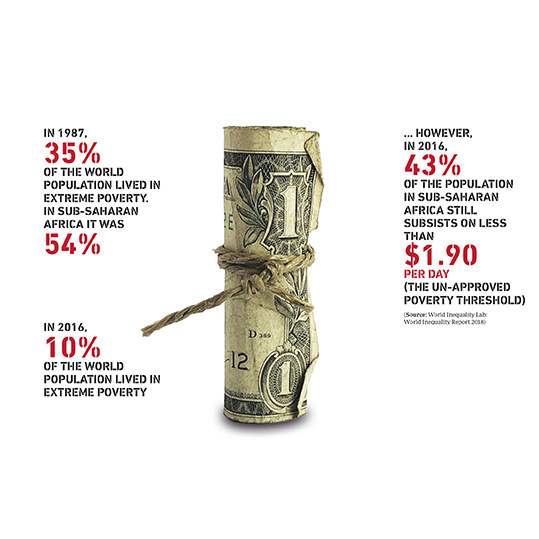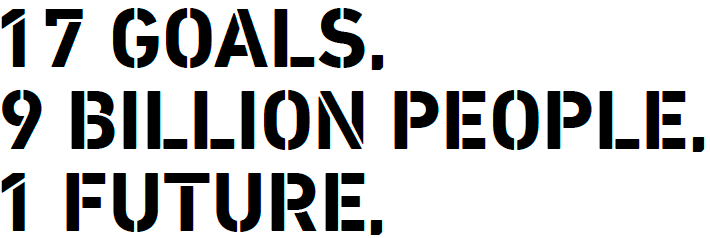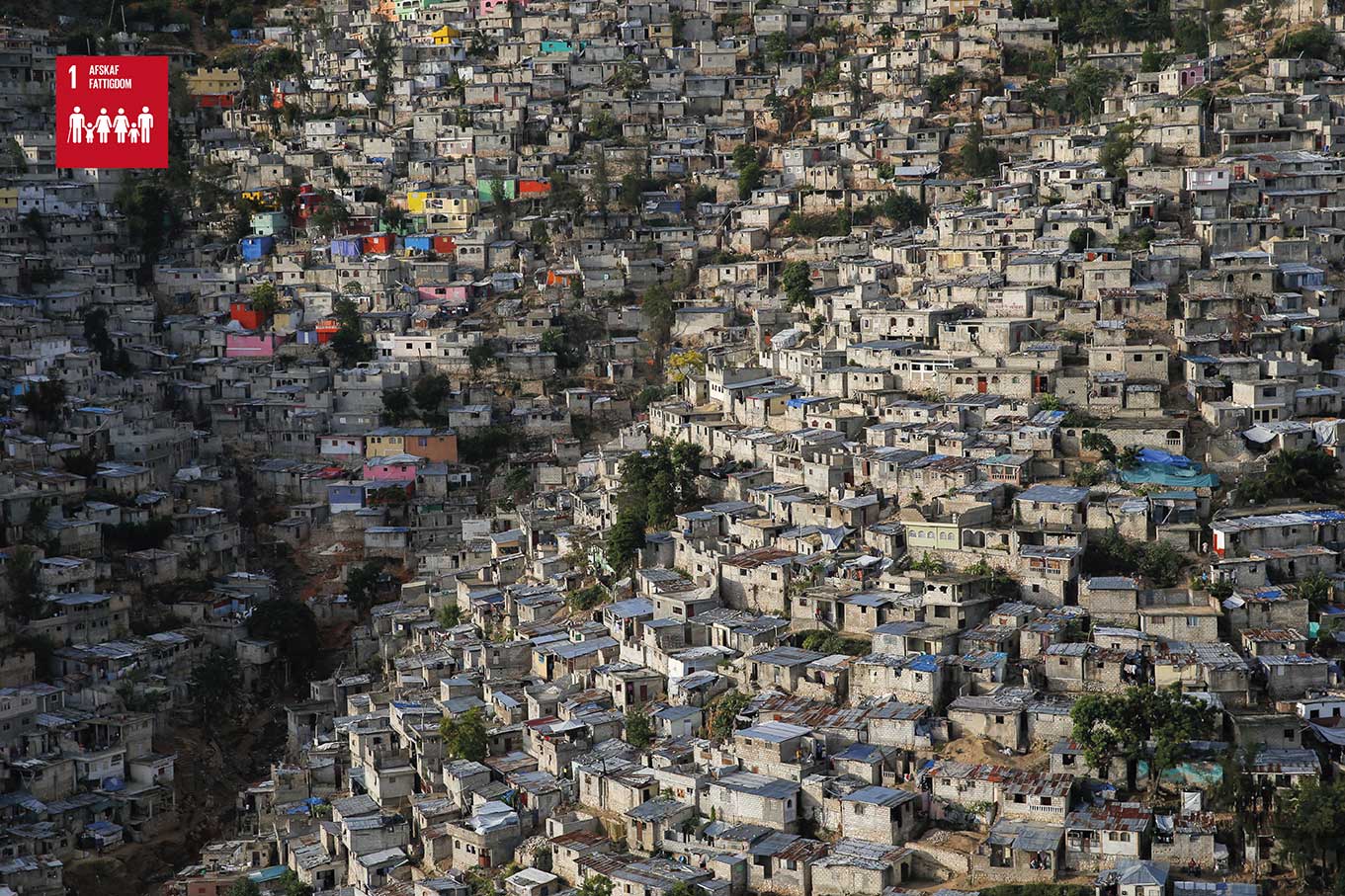
The exact figure is unknown but about 80,000 people live in Jalousie, a massively overcrowded shantytown in Port-au-Prince, capital of Haiti. Jalousie is beset with problems – poor water, electricity, sewage and waste systems – and it is estimated that 25 people live in the space enjoyed by an average European family. In 2013, many of the houses were painted as part of an art project. Some of the locals like it, others say that ‘artwashing’ serves only to mask their poverty from the eyes of their more affluent neighbours further down the hill.
GOAL 01: NO POVERTY
GOAL BY 2030: ERADICATE ABSOLUTE POVERTY. NOBODY SHOULD LIVE BELOW THE INTERNATIONAL POVERTY LINE (CURRENTLY $1.90/DKK 13.00 PER DAY).
Relative poverty must be addressed, not just absolute poverty. Exact definitions of relative poverty vary from country to country. Broadly speaking, it means having far less money and far worse living conditions than others around you, and finding it difficult to participate in society on equal terms.
Absolute poverty may be a thing of the past in Denmark, but Statistics Denmark classifies approximately 250,000 people as relatively poor. This figure excludes students, who volunteer to accept a low income temporarily in order to earn more later on. The UN goal is to reduce relative poverty by at least half in all countries by 2030.
Globally, more women live in poverty than men. By 2030, women and men must have equal access to economic resources such as wages, land, inheritance, pensions and property, to basic services like health, water and electricity, to new technologies and to banking. Social security must act as a safety net for poor and vulnerable people in times of economic, social and environmental crisis and disaster.
